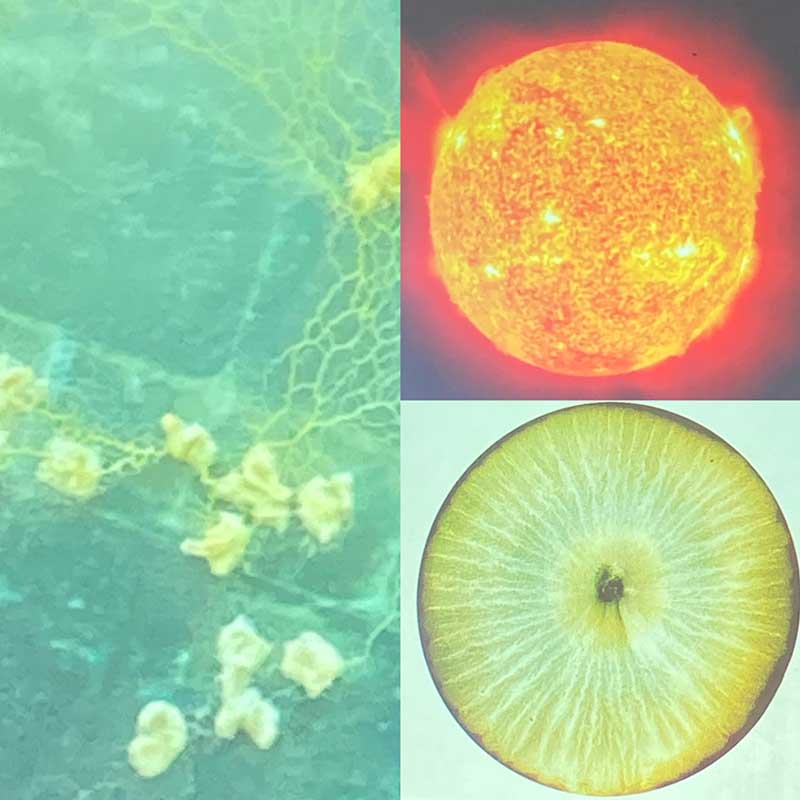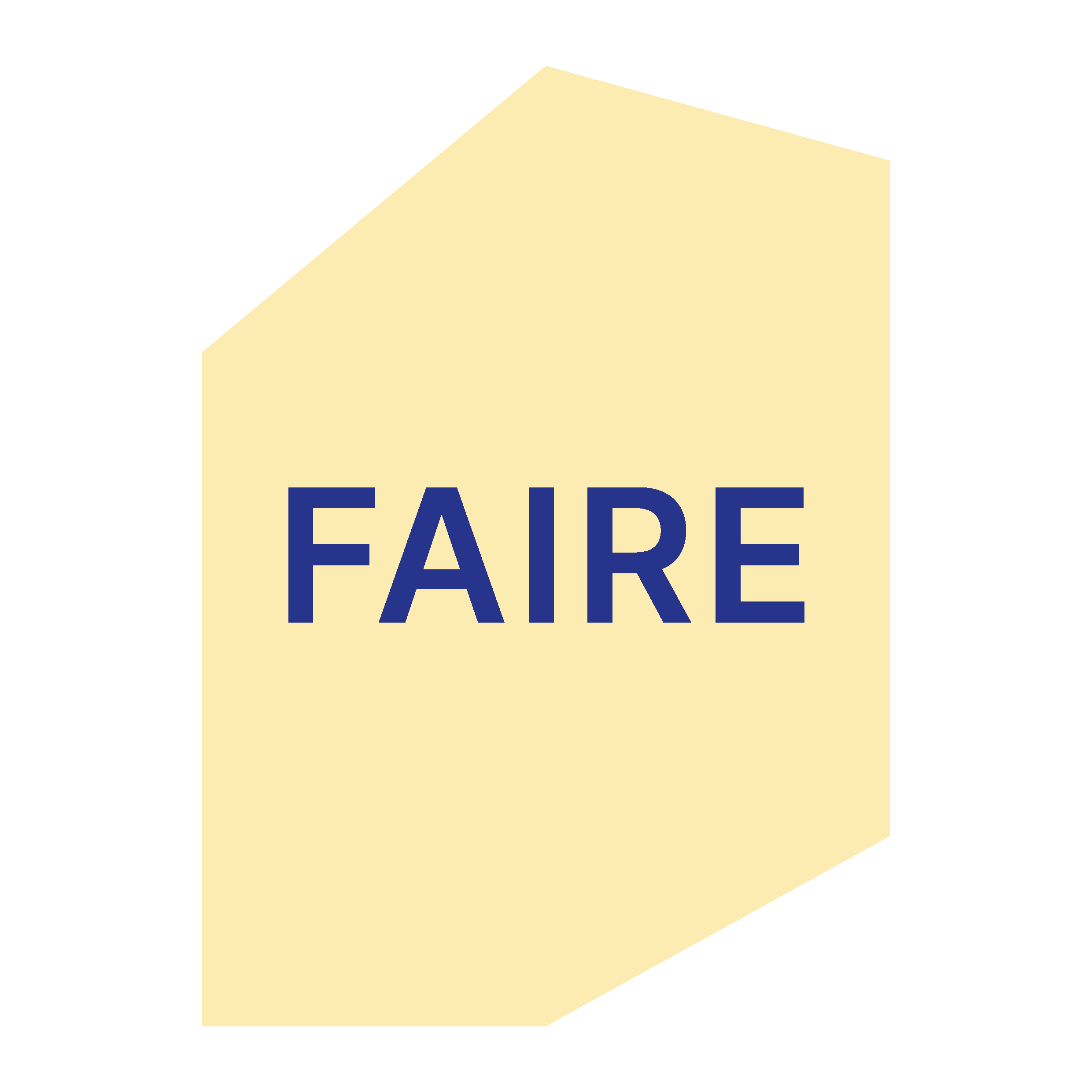19.12.2022
Interview: Petra Vehviläinen
Images: Titta Halinen
The article is part of a series of interviews which presents various Finnish residency providers and examines the role of residencies in the field of art and in the society.
Interview with Meena Kaunisto, Executive Manager, Titta Halinen, Facilities Manager and Laura Kangasniemi, Producer.
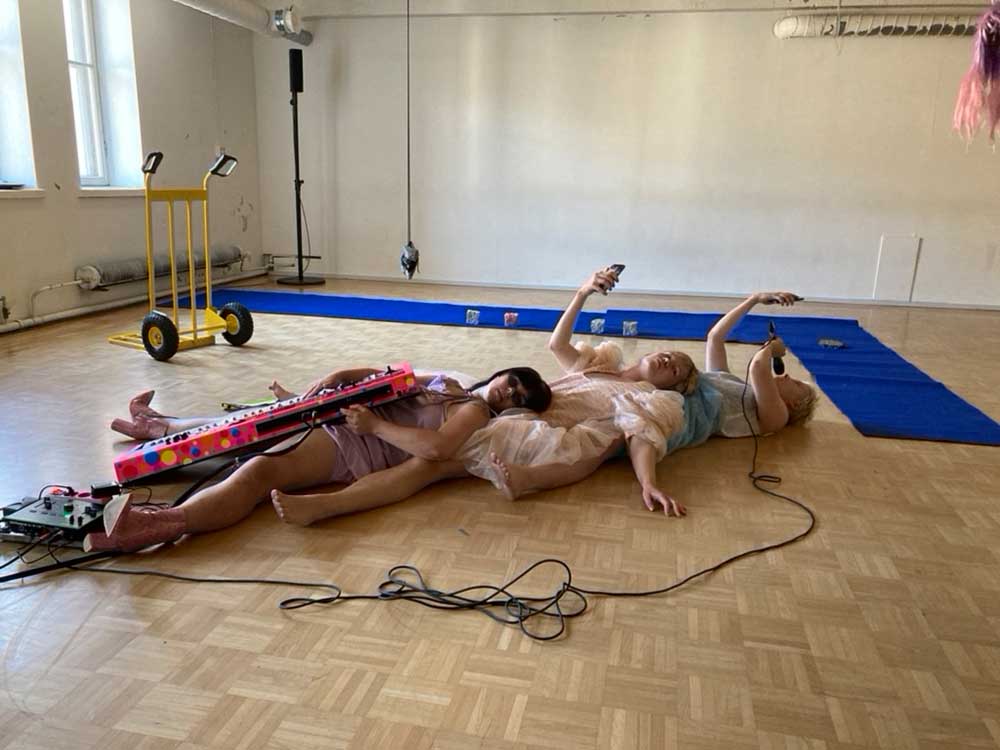
The Performance Arts Center, or Eskus, is a place for various performance art and contemporary theatre projects, communities and encounters. It is located in Suvilahti, Helsinki, which is a cultural hub situated in former electricity and gas power plant buildings.Founded in 2009, Eskus originally consisting of five member organisations, and has grown over the last ten years into a community of more than 20 member organisations and around 240 people. A significant part of Eskus’ activities is based on the rental of rehearsal spaces to member groups and other actors in the field of performing arts. Since 2013, Eskus has organised summer residencies lasting between two and four weeks in June or July, when other rental activities are suspended. These have been open calls or invitations for both member groups and external groups or individual artists. In addition to the summer residencies, in 2023 Eskus will launch a new residency concept in connection with the New Performance Turku Biennale in September.
Eskus’ residency activities have been and will continue to be directed towards neighbouring regions: in addition to Finland, other Nordic countries, the Baltic States and Central Europe. Titta Halinen, who is responsible for Eskus’ facilities and summer residencies, says that the number of applications for 2021-22 has been 30 per year, of which around three or four groups can be offered residencies. “Applications have come from the performing arts, contemporary theatre and dance, but there have also been some from the visual arts side.” In 2021-22, when the residency was run in collaboration with the Helsinki International Artist Programme (HIAP), artists and groups from outside the Helsinki metropolitan area and abroad were accommodated in the HIAP-run Eläintarha Villa in the Linnunlaulu villa area on the border of the Töölö and Kallio districts. The cooperation with HIAP was seen as valuable, as Eskus does not offer accommodation itself, but its main task is to provide working spaces and other facilities for the working groups.
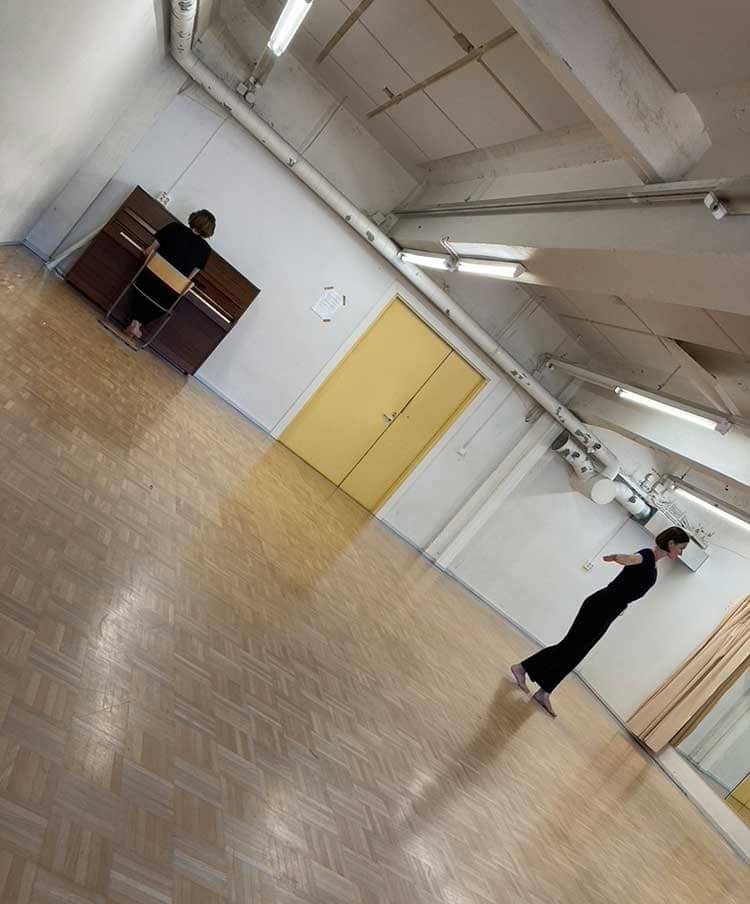
Eskus provides four rehearsal rooms with basic technical gear for performances, as well as common facilities including a lobby lounge, meeting room and kitchen. “Feedback has been good and the residency has been appreciated. People work on small grants and the rehearsal space can easily take up a large part of the budget, so it’s important to provide it,” says Halinen, adding, “You can have ‘performance demo’ type shows here, but for actual performances the space may not be suitable from a technical point of view, for example if you need to darken the space. The rehearsal rooms are also unsuitable for loud audio works as the space is not soundproofed. . In 2021, I remember an application came in requesting to drill into the wall. Our reply had to be, “No – we can’t do that because then no one behind the wall would be able to do anything!” Halinen laughs. “Summer residencies are open in terms of content. Here you can do what you want or what you need, there doesn’t have to be a final result or a final product,” adds Laura Kangasniemi, producer at Eskus. “You can spend two weeks lying on the floor of the rehearsal room thinking about the meaning of life.”
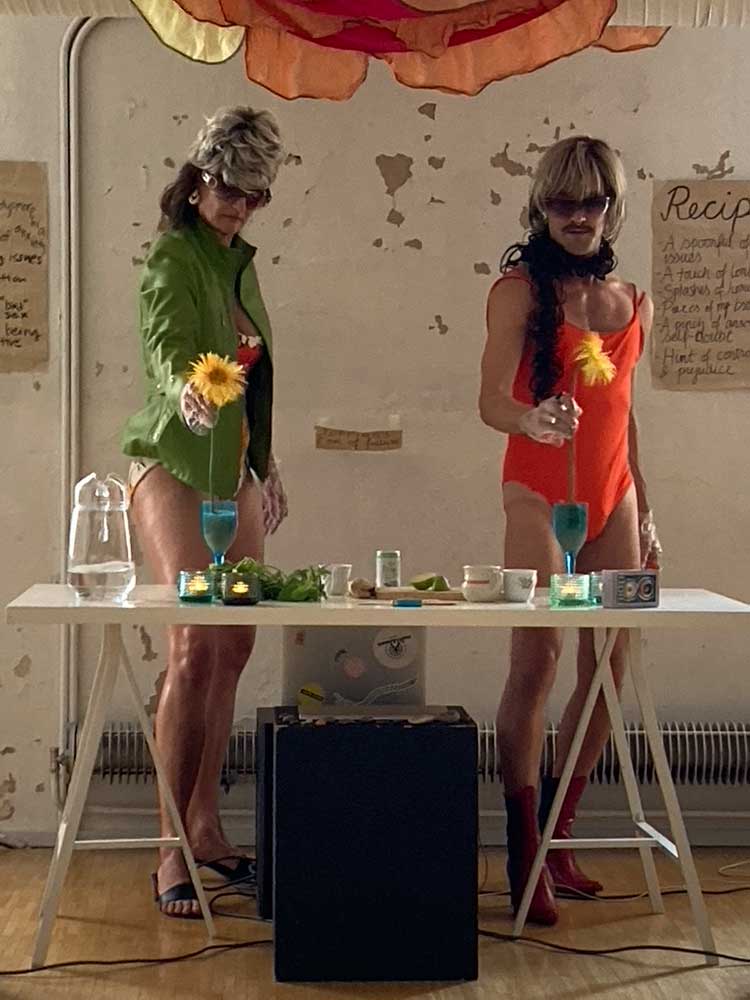
In addition to the summer residency, a curator residency will be piloted in 2023 in Eskus as a separate project. The networking project is linked to the overall development of Eskus’ activities, aiming to better serve and meet the needs of its member groups. “One issue that came up in discussions with member associations was the proposal and need for a curatorial residency. Based on these discussions, we will organise a residency opportunity for international emerging curators in early September in connection with the New Performance Turku Biennale,” says Kangasniemi. In the future, the curatorial residency will be organised in alternating years in connection with member festivals, such as Hangö Teaterträff, ANTI – Contemporary Art Festival, festivals organised by the Aura of Puppets and Mad House Helsinki, in addition to New Performance Turku. The decision on the curators selected for the residency is taken by the festival organisers themselves. Curators selected through an open call will visit the festival during the week to watch performances, meet other curators and Eskus members, and participate in discussion events organised by Eskus. “We also plan to organise a ‘masterclass’ type workshop with a senior curator, as well as a demo day where Eskus members will have the opportunity to demonstrate their own projects and introduce their teams to the curators,” Kangasniemi continues. “What is interesting about this activity is that it is nationwide, and as many cooperation projects as possible are created around this. It serves everyone,” adds Meena Kaunisto, Executive Manager of Eskus.
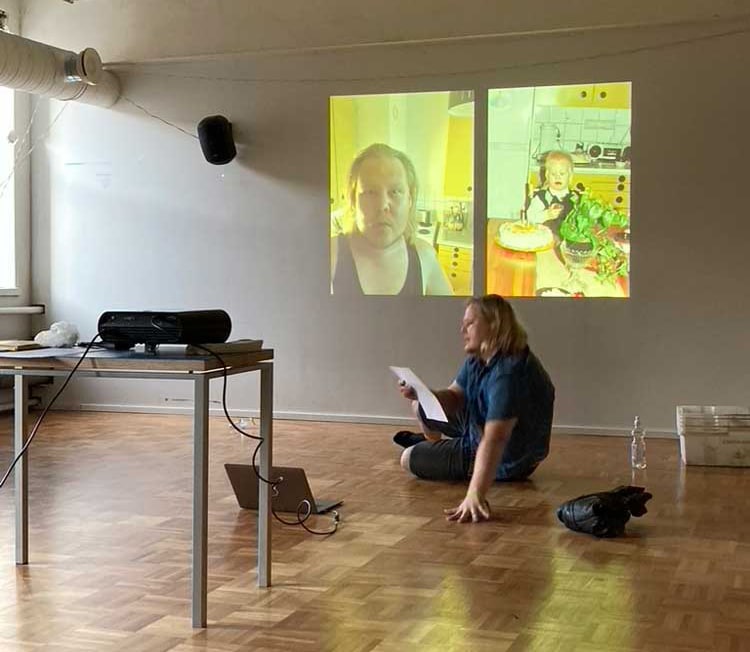
When asked about the values of Eskus and the residency, Kaunisto, Halinen and Kangasniemi quickly list things they feel are important: “collaboration, hospitality and receptiveness, artistic freedom, financial support that allows accessibility, and being accessible to as many people as possible”. “In addition to these, there are the general values to which Eskus is committed in its equality plan: equality, non-discrimination and inclusiveness,” adds Kangasniemi. According to Kaunisto, Halinen and Kanagasniemi, these are reflected in the accessibility of the space, the financial support and the space being free of charge for artists in residence, as well as open calls. In terms of accessibility, the main challenge faced by Eskus is spreading the word about open calls to as many different organisations as possible. “‘Hospitality’ should be a hallmark of residencies,” says Kaunisto. The summer residencies include a welcome event for artists and a closing demo open for everyone, where artists can share their work as they wish. Food and drink will be served, the aim is to spend time together. Eskus will also designate a person for the residency guests who will be in charge of the groups’ needs. For artists coming from outside Helsinki, the goal is to provide a daily allowance, accommodation and travel cards so that they can get around the city. In addition, efforts will be made to obtain invitations or cheaper tickets to performances for the residency guests. “An important part of the residency is to be able to walk around the city, see the sites, meet colleagues and take part in events, which gives fresh air to one’s own artistry and art,” says Halinen. “Hospitality and welcoming are an essential part of success,” adds Kaunisto.
Kaunisto, Halinen and Kangasniemi list their plans, hopes and dreams for the residencies and Eskus’ activities in general: “The residencies have become a significant part of Eskus’ service offering as a result of the networking project. We are interested and enthusiastic to develop it and to cooperate with other actors. This has come up in discussions with members and other actors,” says Kaunisto. “If you think about residency in particular, if you had more resources, i.e. money, you could increase the residency to a month or organise a couple of weeks’ residency in November, when there are a lot of events in Helsinki, in addition to the summer residency. It could be interesting for artists and curators – there has also been talk of a producer residency,” Halinen continues. “The hope and objective of Eskus’ work is that there would be more collaboration, with small groups and makers working together, sharing knowledge and experiences. It doesn’t make sense to do the same things many times with little resources,” says Kangasniemi, adding, “Joining forces: it is in sight and it makes sense. Cultural funding is not going to increase, so how we can work together is usually more than the sum of its parts. That is what Eskus is aiming for.”
